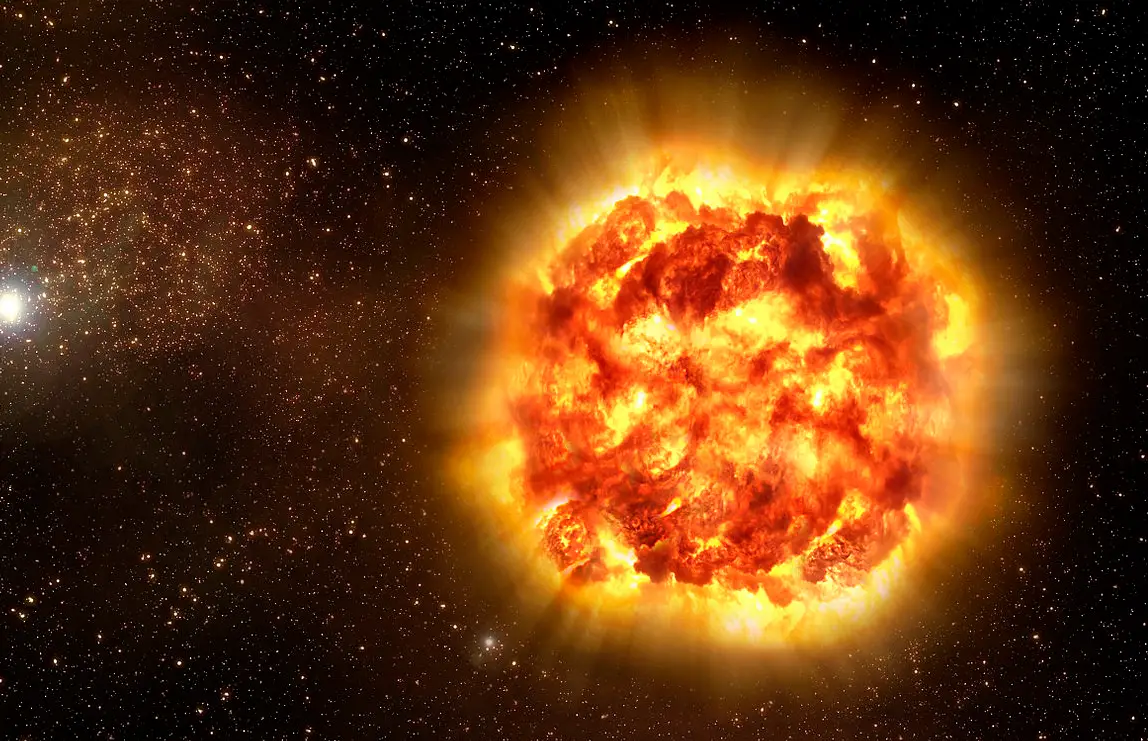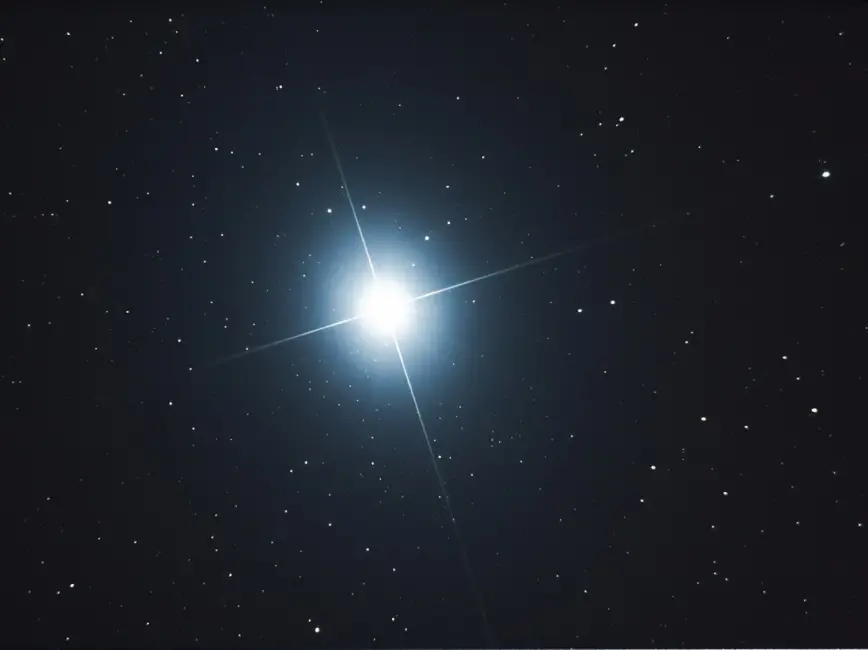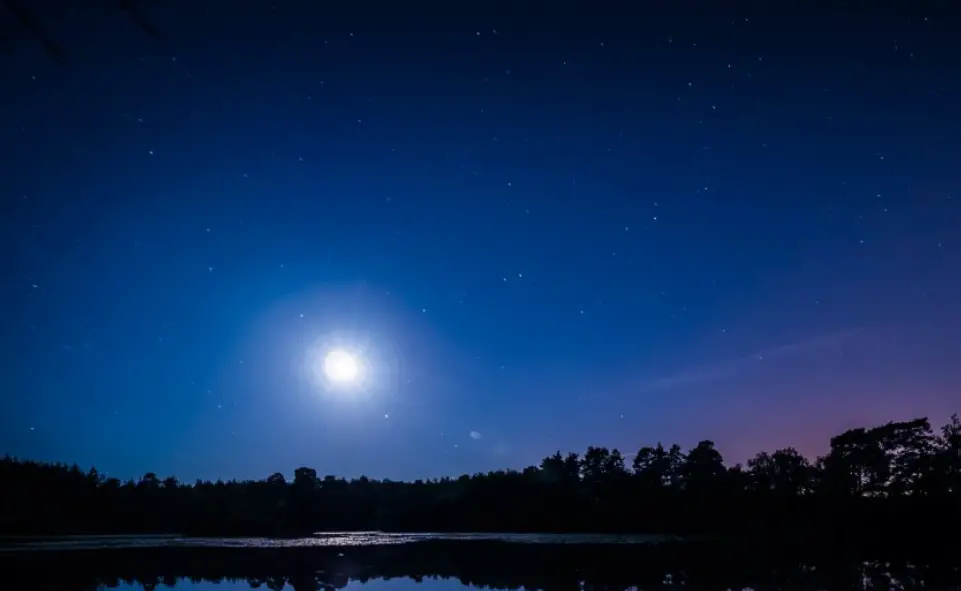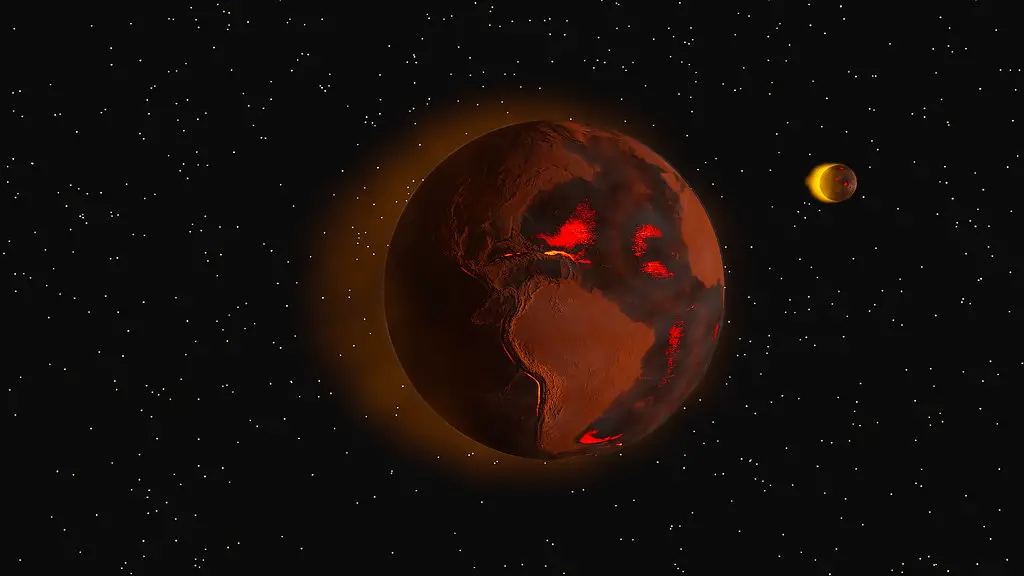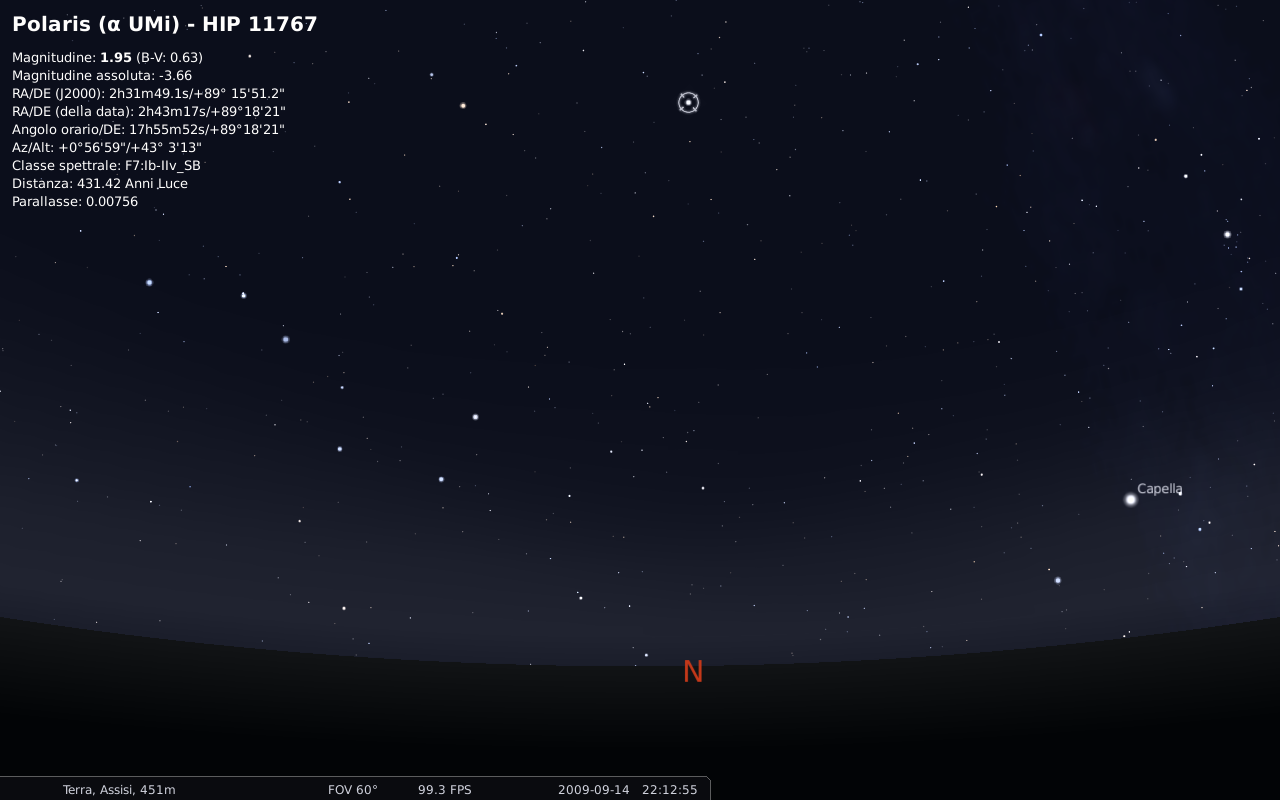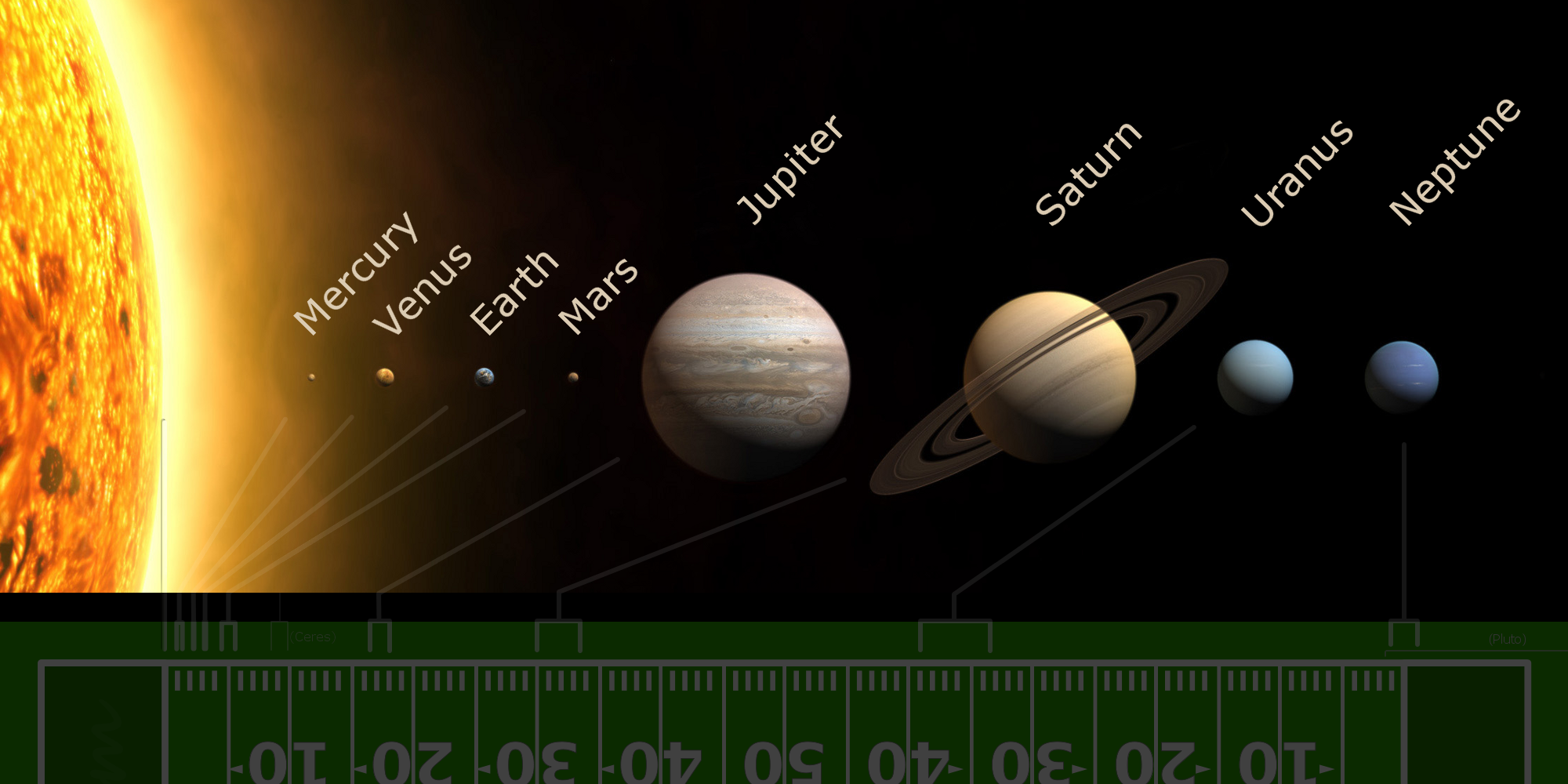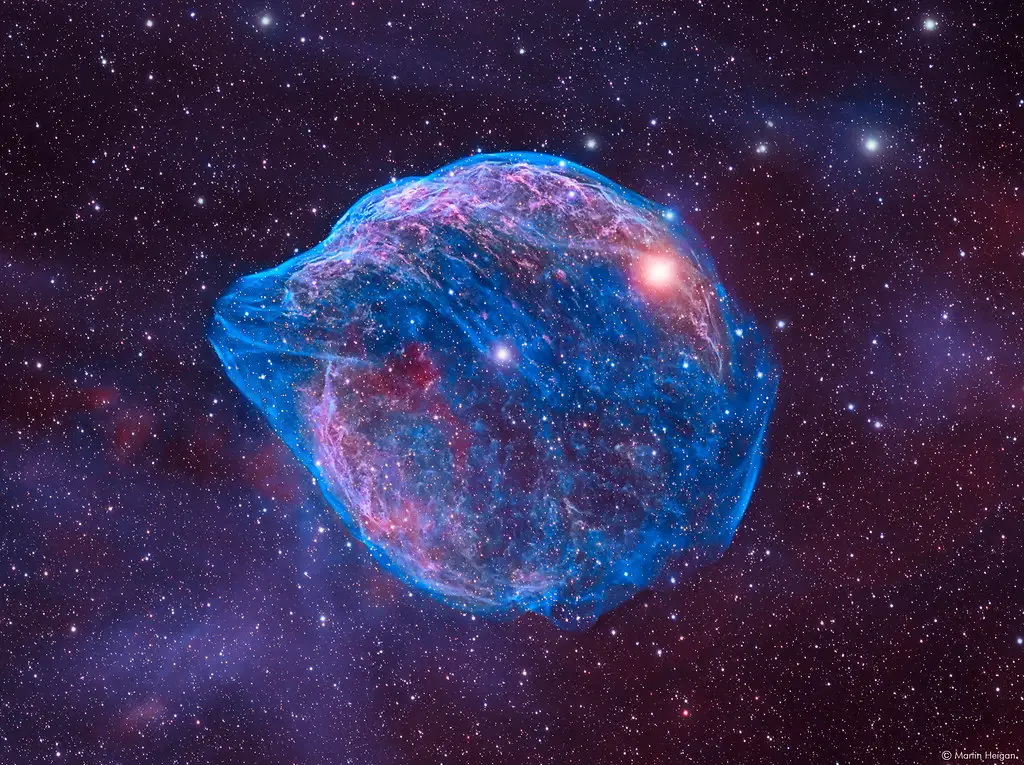The Solar Neutrino Problem, an In-Depth Look The solar neutrino problem, also known as the Daytime Sky Effect or the Disappearing Sun Paradox, was an experimental discovery made in 1987. Physicists monitoring a nuclear reactor at the Institut Laue–Langevin in Grenoble, France, found that fewer solar neutrinos had arrived than […]
![]()

